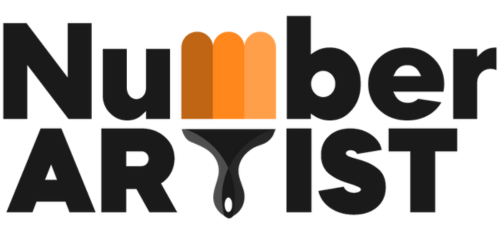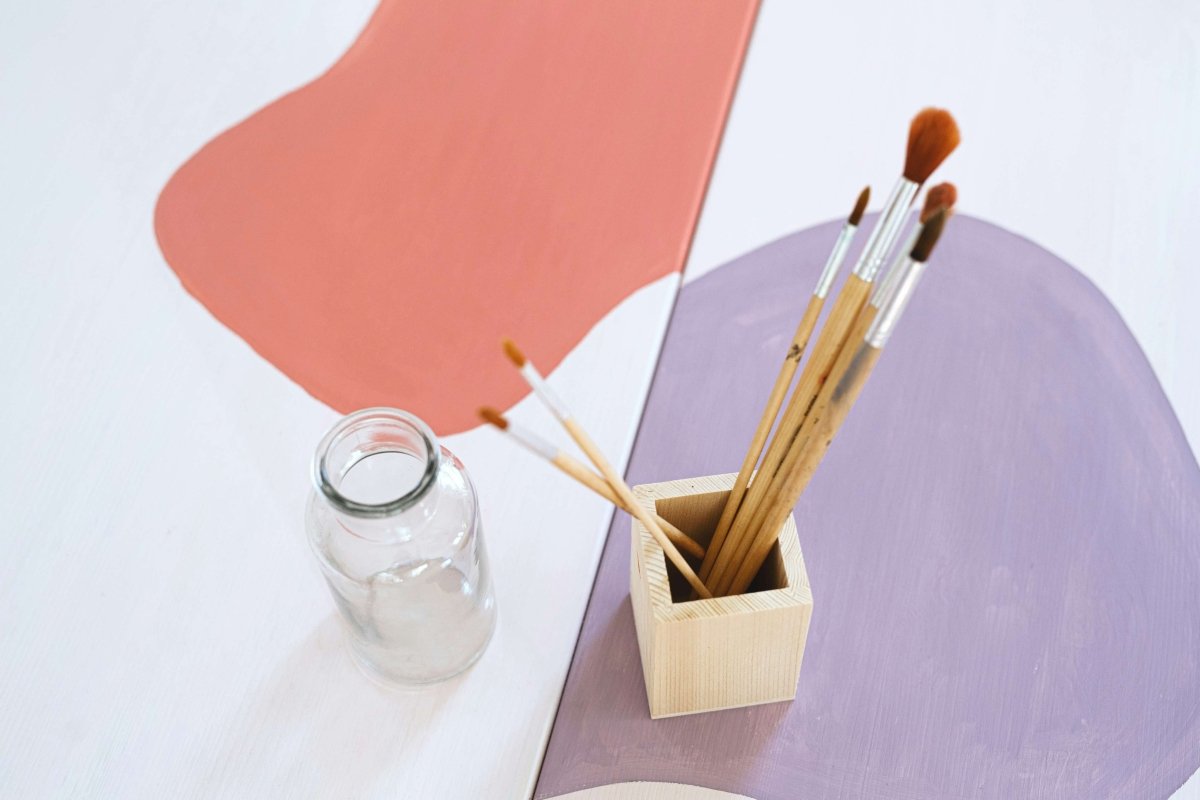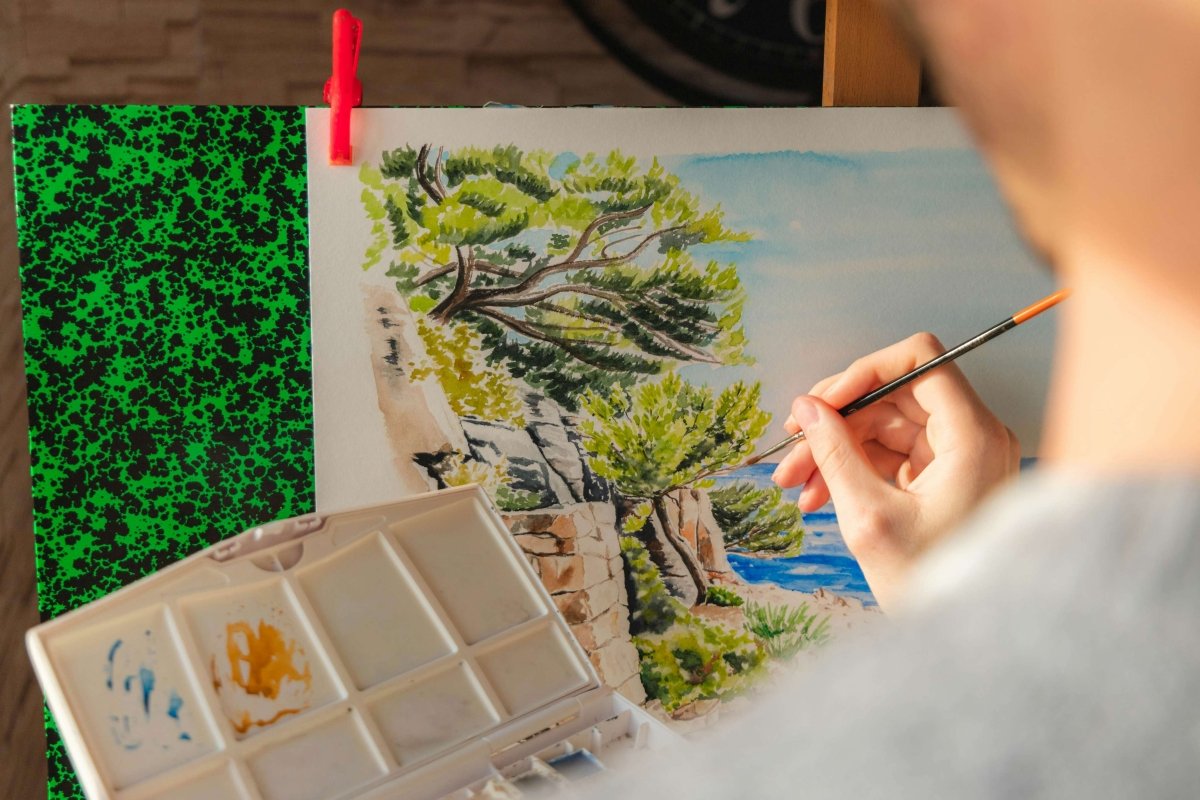How to Get Better at Drawing - Improve Your Drawing Skills

For a lot of people out there, the key to pursuing a passion for art lies in figuring out how to get better at drawing.
Before we even start answering this question, let’s quickly address the question of why you would want to become better at drawing.
In the era before generative AI, creativity was the only way to make your ideas come to life. It doesn’t matter if you’re an artist or a carpenter; the process is always the same. You had an idea (regardless of whether it occurred intrinsically or came from a customer’s request), and you had to figure out the pieces in your own mind before you started work.
The next part was the execution. Sadly, a lot of people weren’t as good at this as they would have liked, which caused a no small amount of distress. For a lot of people, it is a grim realization that they’re not as good as they thought. Others look for ways to improve.
So, here’s how to get better at drawing! Here’s a step-by-step guide to how you can improve your drawing skills.
1. Draw every day

There’s no amount of theoretical knowledge that will make you better at football. You have to go to the field and play. There’s also no amount of weightlifting research that’s going to make you stronger. You have to lift.
So, with that in mind, how to improve your drawing skills?
By drawing regularly!
Drawing every day would be nice, but you don’t really have to go that far. You could draw every couple of days or whenever you have the time. It’s not just about the number of times you do it (although it is a factor); it’s also about the continuity.
Speaking of the number of hours, it’s worth mentioning that it takes about 10,000 hours to master any skill. This means years and years of doing something for hours every day. Still, you don’t have to aim for mastery.
Just be realistic about how good you would do if you tried your hand at anything you haven’t done much or haven’t done much since you were a child.
2. Focus on the mechanical aspect of the drawing

For a lot of people, it’s nearly impossible to separate the practice from an actual creative process. In their mind, drawing is drawing, and it doesn’t really matter what you do as long as you’re drawing.
The thing is that while there is a grain of truth to this, it’s quite far from the actual story.
You need to focus on the mechanical aspect of the drawing and your graphomotor skills (hand-to-eye coordination). The last thing you want is for the creative part of the process to slow you down.
This is one of the reasons why the creative custom paint by number for adults is so popular for people looking up how to improve beginner drawing skills.
This allows you to skip overthinking about the final shape of the image and just focus on the immediate mechanical painting task.
While these kits are beginner-friendly, your work won’t be cut out for you. It still takes a lot of time and effort, and the end result will depend on your ability.
Even if you don’t get one of these kits, using a reference (like drawing from a photo or real life) can make a huge difference.
3. Don’t push yourself too far

Pushing yourself too far has a tendency to make you bored or annoyed with the process itself.
Remember, even though you’re honing your mechanical drawing skills, this is still a creative process. This means that you have to be fresh and inspired. Most importantly, this is a hobby, and a hobby is something you do out of passion.
A passion is often described as a fire (and for a good reason), but if you put too much on it, it will burn too quickly. The last thing you want is to get bored and quit. Eventually, you’ll become better at drawing, even if you don’t follow our tips. It will take you longer and cause more frustration, but you’ll get there, nonetheless.
All of this will work if you persevere long enough for it to bear fruit.
4. Consider the costs

When you start looking up how to improve your drawing skills, most guides will tell you to go read about the technique or just draw. Some might suggest that you find an online course to help you out.
What they don’t tell you is that all of this costs quite a bit.
After all, drawing materials like colors, paper, and pencils can last you quite a while unless you decide to draw and paint on a daily basis. In that scenario, you’ll go through your supplies more quickly than you expect.
Textbooks are not inexpensive either, not to mention online courses.
However, this much is true for every hobby. If you want to start painting and drawing, you’ll have to set a proper budget.
There are, fortunately, a lot of ways for you to save money. For instance, you could buy supplies in bulk or go with a bit cheaper paper and look for digital versions of textbooks you need. The thing is that while you want to use quality supplies during practice, it’s more cost-effective to save a couple of dollars here and there.
5. Always bring a sketchbook

The best thing about drawing is that you can do it even without any color. You don’t need a canvas or anything of the sort. All you need is a sketchbook that you’ll carry around wherever you go.
As we’ve already mentioned, the question of how to get better at drawing cannot be answered without factoring in the importance of inspiration and motivation. This can happen at any time. You must have heard of writers who rush out of the shower to write a dialogue that they just came up with. The same thing happens with painters and people who love sketching.
Moreover, you don’t need a studio to draw. All you need is a pencil and your sketchbook.
This can also turn into a great pastime. Just ponder on this idea for a while. You can draw in the waiting room or while riding on public transportation. You can do it on a bench in a park or on a towel on a beach. If anything, a factor of shifting ambient can make the situation even more interesting.
This will also make your hobby feel more like a… well, hobby. By engaging with this of your own volition and in your own free time, you’ll have a much easier job of making this practice not feel like a practice.
Committing to practice will improve your drawing skills
The answer to the question of how to get better at drawing has the simplest answer of them all - you acknowledge that you’re not doing that great because you’re new to it, and you work your way from there. To help ease into the process, consider starting with paint by number kits by Number Artist, which can provide a structured way to improve your skills.
There’s no need to get all emotional if things don’t turn out the way you want them to. You also don’t buy expensive drawing equipment, knowing that practice chomps through supplies and you won’t keep most of your sketches.
Develop the right mindset, commit to it, and prepare for the technical aspect of practice.


